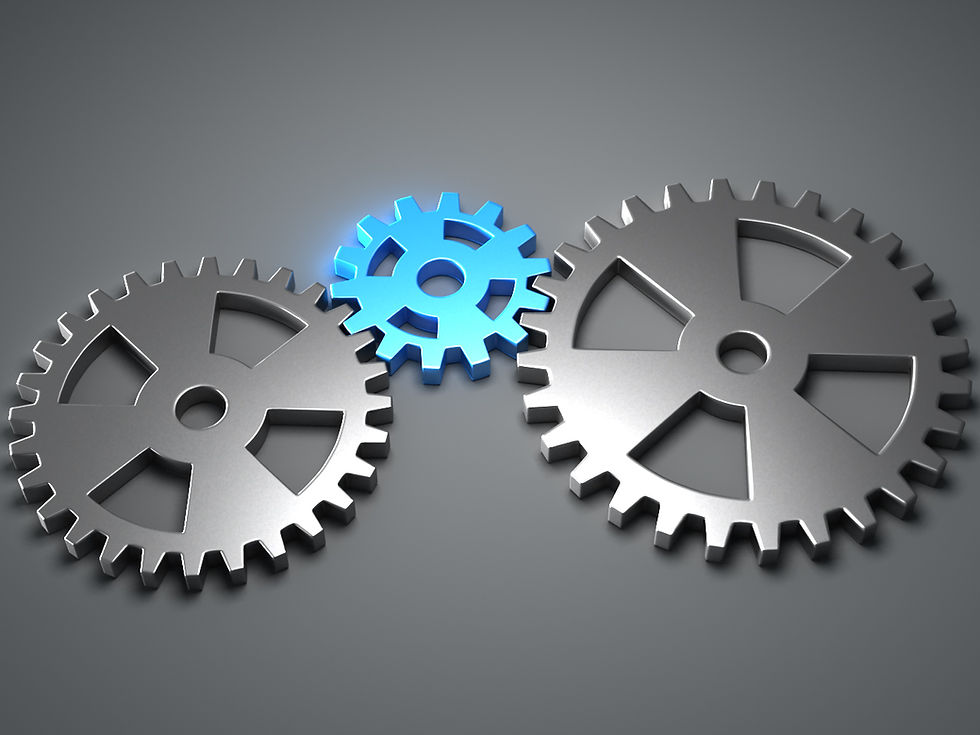Flashback: System Theory & Pricing Object Types
- Phoenix Pricing

- Feb 21, 2021
- 3 min read

This blog post is about introduction of the concept of Pricing Object Types while encompassing interdisciplinary ideas leading to it.
History
One of the central themes in human history has always been the urge to understand the world as a direct consequence of a innermost human feeling of being thrown into hostile world governed by seemingly chaotic forces. In early days it was the philosophy identifying basic concepts of the world. Aristotel’s “The whole is more then sum of it parts” is comprehending that our understanding of certain aspect of the world can be achieved by deconstruction of the aspect to simpler parts, we can reason about separately, lowering the number of concepts we have to combine to interpret the behaviour. Surprisingly often understood parts, the functions and interactions we identified, can’t explain why the “whole” (or System if you wish) is embodying higher degree of complexity of behaviour and interactions then the sum of its parts.
System
In the broadest sense the system is an organized entity made up of finite count of interrelated and interdependent parts. Observer is able to perceive a boundary and as such distinguish external and internal parts together with inputs and outputs that are emerging, entering the entity. With regards to interactions of elements of the system to outside world, we are distinguishing 2 kinds of systems: open and closed.
Open systems are exchanging with external entities energy, matter and information. Closed systems exchange only energy, with no transfer of information or matter. In cybernetics/information technology we see system as entity that is adapting itself for the purpose of surviving in the changing external environment (so called Viable System Model )
System Theory
It is an interdiscplinary theory and framework about systems that can be applied to multitude of domains including nature, physics, information technology, cybernetics as well as other domains as sociology, psychology etc. It’s taking holistic approach, trending away from attention to the the details to attention to the whole. In this theory the elements of a system are connected in rational way to convey a shared purpose.
Mathematical Model
Mathematical model is set of mathematical algorithms that expresses our understanding of the system. Often used in exclusion form, forming exlusion law. M. model states that certain situations that can happen are possible, while others, that can’t happen are manifested as impossible (we are defining total function on all input values). We call possible subset the behaviour of the mathematical model, expressing it in behavioral equations. Equations includes variables that represent attributes of they system we are focusing our attention to and modelling. Such variables are called manifest variables. To get the model right it’s often needed to introduce latent variables just for the purpose of sound expression of laws governing the model.
A mathematical model is a pair (U, B) with U a set, called the universum, its elements are called outcomes and B a subset of U, called the behavior.
Let U be an universum, E a set, and f1, f2 : U → E. The mathematical model (U, B) with B = {u ∈ U | f1(u) = f2(u)} is said to be described by behavioral equations and is denoted by (U, E, f1, f2). The set E is called the equating space
Example:
We have discounts for 3 types of customers - silver, gold and platinum depending on the quantity of purchased products from our company. Customer with less then 1000 items bought qualifies as silver customer. Customer with 1000 - 5000 items qualifies as gold customer and anything above is platinum customer - the dearest one, of course. Mathematical model is then
U = { silver, gold, platinum } × ( 0,∞ ) B = ( ( {silver} × (0, 1000) ) ∪ ( {gold} × [1000, 5000) ) ∪ ( {platinum} × [5000,∞) )
Pricing Object Types
Idea of Pricing Object Types is heavily influenced by system theory. One can imagine pricing system as a set of entities that are interacting with each other and together bringing into life complex pricing behaviour that wouldn’t be possible without the cooperation of the units of the system. Each entity having its own universum, behavior and behavior equations. Such definition roughly equals to Pricing Object Type allowing Phoenix Pricing to dynamically and flexibly define structures, rules and interactions between entities and between entities and external systems. The pricing system as such is classified as open system exchanging information with its environment. Not only that. It’s dynamic system too. Pricing system has to evolve over the time while reacting on time based conditions of external environment, let’s say market in specific domain or competitors. In ideal world the pricing system should have common traits of dynamic system as homeostasis, self-regulation, equilibrium and common finality.




Comments